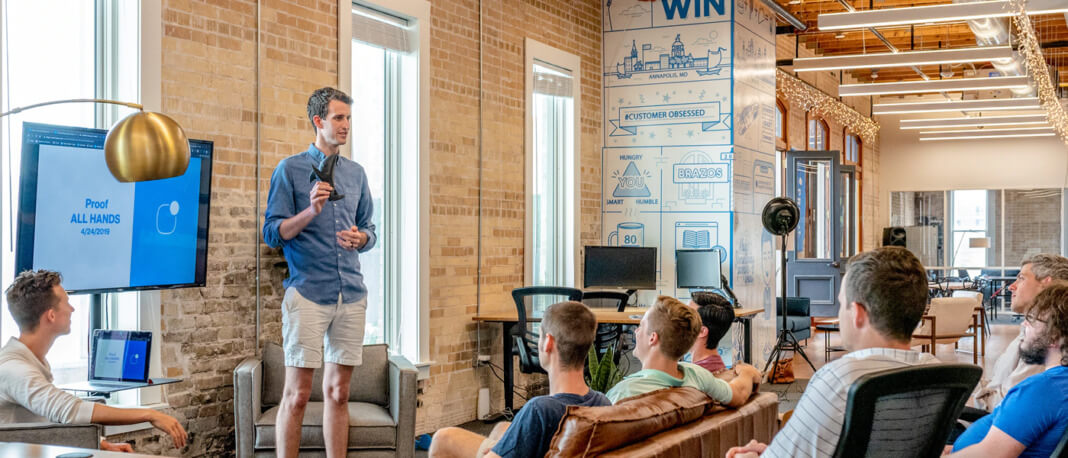The war for talent is raging and work is ripe for disruption. The independent workforce, not so long ago, was deemed only as a mere alternative workforce supplementary to that of a full-time job. It has grown exponentially into a powerful workforce rippling with skills that are essential for the growth of businesses. With corporation concerns, such as employee under-performance, lack of engagement, expensive turnovers, not to mention the increased digital disruption of automated processes thus leaving room for more creative tasks, the independent workforce might just be the answer to mitigate and aid. Just like any war, preparations are needed.
Hire strategically and not only to “fill slots”
Corporations should capitalise on the independent workforce and not merely engage independent workers transactionally nor simply for the sake of “filling slots”. Hiring should be done strategically as a long-term talent solution based on data-driven insights into talents required in the future by the corporation. A survey has shown that integrating independent workers can enhance organisational performance. Strategic hiring enables a corporation to appropriately fit the right talent where they are best suited and needed for better performance yield. However, strategic engagement is complex. Companies will have to more than manage freelancers. They will need to optimise and leverage on the independent workforce well.
Consider passive recruitment
Corporations should consider building a pipeline of passive candidates as a talent pool investment. Passive candidates often yield in-demand skillsets, successful portfolios and are less likely to be interviewing with other companies. It may be counter-intuitive to headhunt candidates who are not currently looking for a job, but passive candidates often make the best hires. Reaching out to a candidate does not necessarily mean that they will jump at the new opportunity. That would be ideal as it solves the issue of the unfilled position faced by the corporation. However, it is not a loss if they do not. By reaching out to a passive candidate, it creates a connection and paves an opportunity for them reaching out again for future roles when they are ready.
Adapt and keep up with demands
To attract talented candidates, a corporation must first understand what they look for in a job and counteroffer with attractive benefits. Independent workers are often adventurous and pride strongly in their work. They value flexibility, inclusivity and upskill opportunities, among others. 40% would be willing to take a pay cut for the opportunity to upskill, 50% would not mind forgoing a higher pay for flexibility, and 60% were more likely to apply for a role if the company exercises diversity and inclusion. This goes to show that benefits are no longer a “nice to have” offer but acts as a differentiating element of why a job stands out as opposed to others.
By reinventing the human capital with a mixture of independent and traditional workers, organisations should adopt practices of inclusivity, equity and trust to create and allow for a wholesome environment for people of different backgrounds and cultures to thrive in. Managers must also be equipped to lead a team of diverse talents comprising of both traditional and independent pools.
Organisations that embrace the independent workforce will have a better advantage of those who do not. They will be better equipped and ready to recruit talents required to build a more productive workforce that focuses on performance. This reduces the likelihood of unfilled positions and longer employee retention rates.
Search internally for hidden talent
With the bringing in of independent talents to work on interesting projects and wield “cooler” modern technologies, traditional workers who work on legacy systems might feel “penalised” and undervalued as compared. Corporations will need to take steps to balance out the mix as such situations might further contribute to employee under-performances and high turnover rates.
Additionally, employee under-performance and poor employee retention rates might quite possibly be caused by the lack of opportunity for advancement. Positions are often filled externally rather than through internal promotions. Corporations should not only source outwards but within for hidden potential talents. Internal hiring needs to be adopted as part of a corporation’s hiring plan.
It will be a challenge, no doubt, for corporations to unwind and rebuild legacy systems and practices. Furthermore, the struggles that workers will face during the process of unlearning and relearning of the new changes. Fret not, these challenges are not insurmountable. As the independent workforce is critical to the growth of businesses, corporations should start preparing – build strategies and programs to aid in the accessing of independent workers from the vast labour pool and integrate them within the business while having measures set in place to ease the work disruption for traditional workers.
Some corporations might feel they lack the advantage of a head-start, but what matters is being prepared. By preparing today, they will already be more ready than they were the day before.





